Do you know how to design a kiosk, watch the following video may help you more!
Watch the video above to learn about our kiosk design in terms of kiosk purpose and function, user experience (UX) and interface design, hardware selection and integration, aesthetics and brand, environmental considerations, security and privacy, etc., which fully demonstrates our great advantages in kiosk design. Welcome to contact us to customize and design your personalized kiosk machine now!
Kiosk design concept revolves around creating a functional, user-friendly, and visually appealing interface that meets specific business needs. As an industry expert, I view kiosk design as the intersection of technology, user experience, and business strategy. The concept starts with a deep understanding of the kiosk's purpose—whether for self-service, information dissemination, or transactions. The design must incorporate the right hardware components, such as touchscreens, card readers, and printers, ensuring durability and reliability. Equally important is the software, which must be intuitive and tailored to the user's needs. Ergonomics play a crucial role, making the kiosk accessible and comfortable for all users. The design should also reflect the brand's identity, with customized aesthetics and branding. Finally, the kiosk design must consider environmental factors, ensuring it performs well in its intended setting, whether indoors or outdoors. A well-conceived kiosk design enhances customer interaction, streamlines operations, and supports the business's overall objectives.
User Experience (UX): Design should focus on creating an intuitive and user-friendly interface that ensures ease of use for all users, regardless of their technical proficiency.
Hardware Selection: Choosing durable and reliable hardware components like touchscreens, printers, and payment systems is essential for long-term functionality and performance.
Ergonomics and Accessibility: The kiosk must be designed to be comfortable and accessible for users of all ages and abilities, considering factors like height, screen angle, and interaction zones.
Aesthetics and Branding: The design should align with the brand’s identity, using customized colors, logos, and design elements to create a cohesive brand experience.
Security and Privacy: Incorporating security features such as secure enclosures, encrypted data transmission, and privacy screens is crucial to protect both hardware and user data.
Environmental Factors: The design must account for the environment in which the kiosk will be placed, including weatherproofing for outdoor kiosks and space considerations for indoor installations.
Maintenance and Durability: Design for easy maintenance and ensure that the kiosk can withstand wear and tear, with components that are easily replaceable and robust enough for continuous use.
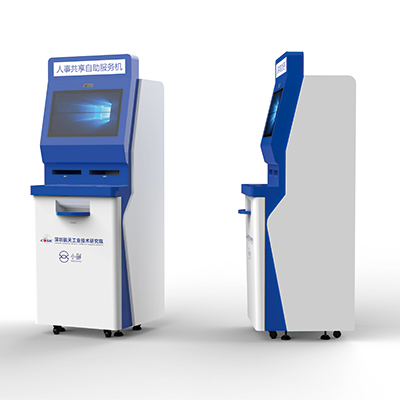
As a kiosk expert, "Beautiful kiosk design" refers to a harmonious blend of aesthetics, functionality, and user experience. It’s not just about visual appeal but also how the design enhances the overall interaction with the kiosk. A beautiful kiosk design typically manifests in several key aspects:
Aesthetics: The visual elements, including color schemes, materials, and form factor, are carefully chosen to align with the brand’s identity and the environment in which the kiosk will be placed. The design should be sleek, modern, and inviting.
User-Centric Design: The interface is intuitive and user-friendly, making it easy for users to navigate and complete their tasks. Thoughtful layout, clear instructions, and responsive touchscreens contribute to a seamless experience.
Ergonomics: The design considers the comfort and accessibility of all users. Whether standing or sitting, the kiosk is designed to be easily accessible, with the screen at a comfortable height and angle.
Integration with Environment: A beautiful kiosk design complements its surroundings, whether indoors or outdoors. It’s designed to blend in or stand out as needed, considering factors like lighting, space, and environmental conditions.
Durability and Quality: The materials used are not only visually appealing but also durable, ensuring the kiosk maintains its beauty and functionality over time.
Customization and Branding: The kiosk is customized to reflect the brand’s unique identity, with logos, colors, and other branding elements integrated seamlessly into the design.
Innovative Features: Incorporating cutting-edge technology, such as interactive displays, and sleek interfaces, enhances both the functionality and the visual appeal of the kiosk.
A beautiful kiosk design is one that balances these elements, creating a product that is not only attractive but also effective and pleasant to use.
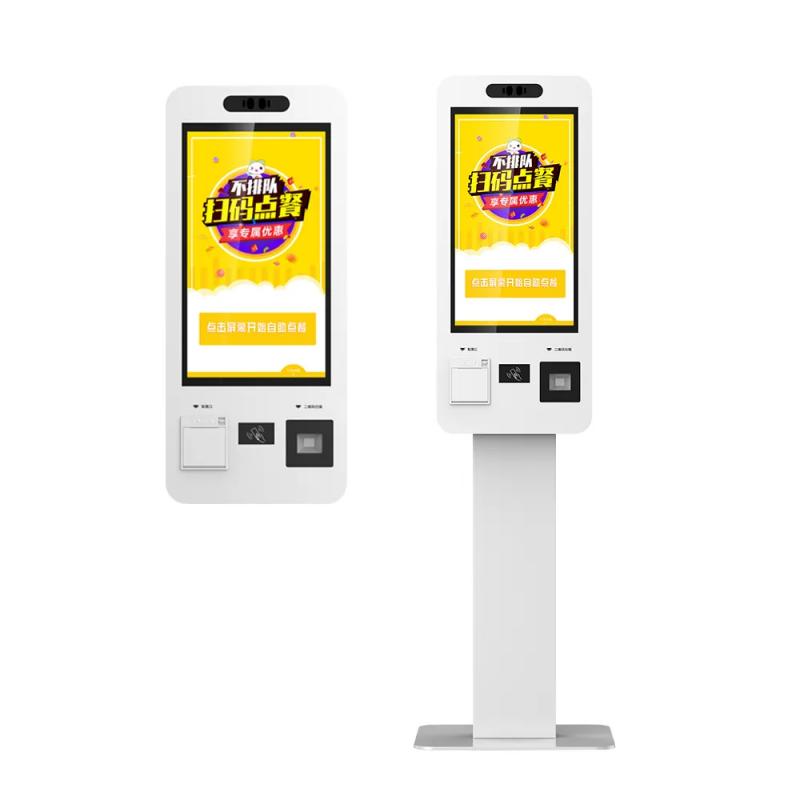
Kiosk Design Ideas encompass a wide range of considerations and approaches that can transform a simple kiosk into a highly effective tool for businesses and users. As an expert, I’d approach kiosk design from several key angles:
User Experience (UX): The most successful kiosk designs prioritize the user’s journey. This includes intuitive touch interfaces, clear navigation paths, and accessibility features like height adjustments for wheelchair users. Ensuring the kiosk is easy to use for all demographics is essential.
Aesthetic Appeal: The visual design should align with the brand’s identity while being eye-catching and engaging. The use of colors, materials, and lighting plays a crucial role in attracting users and conveying the desired message.
Technology Integration: Modern kiosks often incorporate advanced technologies such as touchscreens, RFID readers, biometric scanners, and mobile payment systems. The design should accommodate these technologies seamlessly, ensuring that they enhance rather than complicate the user experience.
Durability and Maintenance: For kiosks placed in high-traffic areas or outdoors, durability is key. Materials should be selected for their robustness against weather conditions, wear and tear, and vandalism. Easy access for maintenance is also a critical design consideration.
Space Utilization: The kiosk’s footprint should be optimized to fit the intended location without obstructing foot traffic. Creative use of vertical space and modular components can enhance functionality while conserving floor space.
Customization: The ability to customize the kiosk for different environments, from retail stores to airports, adds value. This could involve interchangeable panels, adjustable screens, or flexible software that adapts to various user needs.
Sustainability: Incorporating eco-friendly materials and energy-efficient technologies can not only reduce the environmental impact but also resonate with eco-conscious consumers.
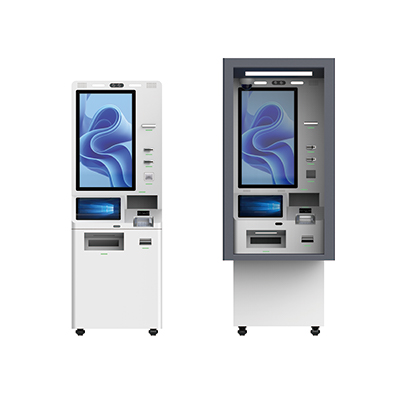
Custom kiosk design refers to the tailored creation of kiosks that are specifically designed to meet the unique needs of a business or organization. As an expert, I would define it as a process that goes beyond standard models to incorporate specific brand elements, functional requirements, and user interactions that are unique to the client. This approach involves close collaboration between the design team and the client to understand the desired aesthetics, technology integrations, and user experience goals. The result is a kiosk that not only serves its intended purpose efficiently but also aligns with the brand's identity, enhances customer engagement, and provides a seamless user experience. Custom kiosk design is essential for businesses seeking to stand out in competitive environments, offering a solution that is both innovative and tailored to their specific operational needs.
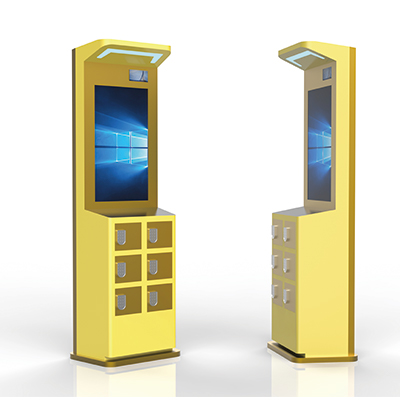
Outdoor kiosk design focuses on creating kiosks that are durable, weather-resistant, and highly visible, ensuring they remain functional and attractive in various climates. The design involves using robust materials like stainless steel and weatherproof enclosures, with high-brightness screens to withstand rain, wind, extreme temperatures, and sunlight. Accessibility, user-friendliness, and the integration of technologies like touchscreens and payment systems are also key aspects. The primary goal is to provide convenient self-service options in outdoor locations, such as parks and transit stations, enhancing customer service, reducing costs, and expanding business reach. To ensure success, the design process requires careful planning, material selection, durability testing, and compliance with local regulations. A well-designed outdoor kiosk is marked by resilience, user engagement, and ease of maintenance, offering a reliable solution for businesses extending services into the open air.

To create a good kiosk design, several key factors must be considered. First, user experience (UX) is central; the design should ensure that the interface is intuitive and easy to operate, catering to different user needs, including accessibility features. Next, aesthetic appeal is crucial—the design should align with the brand image, attract users, and enhance brand recognition. In terms of technology integration, the design must consider how to seamlessly incorporate touchscreens, payment systems, RFID, and other technologies to improve functionality. Additionally, durability and maintenance are essential, especially for kiosks placed in high-traffic or outdoor environments; the design should choose durable materials to ensure the equipment can withstand long-term use and various environmental challenges.
During the design process, space utilization needs to be optimized; the layout of the kiosk should save space without hindering user operations. Customization is also a key feature; the design should offer flexible solutions tailored to different scenarios and needs. Sustainability should not be overlooked either; selecting eco-friendly materials and energy-efficient technologies not only helps protect the environment but also appeals to consumers who value sustainability.
A good standard includes: strong functionality with user-friendly operations; visually appealing design that harmonizes with the environment and brand; advanced technology that seamlessly integrates multiple functions; durability and reliability that ensure long-term use and easy maintenance; flexible customization to meet various needs; and eco-friendliness, reflecting the company’s social responsibility. By adhering to these standards, kiosk design can not only meet business needs but also provide an exceptional user experience.
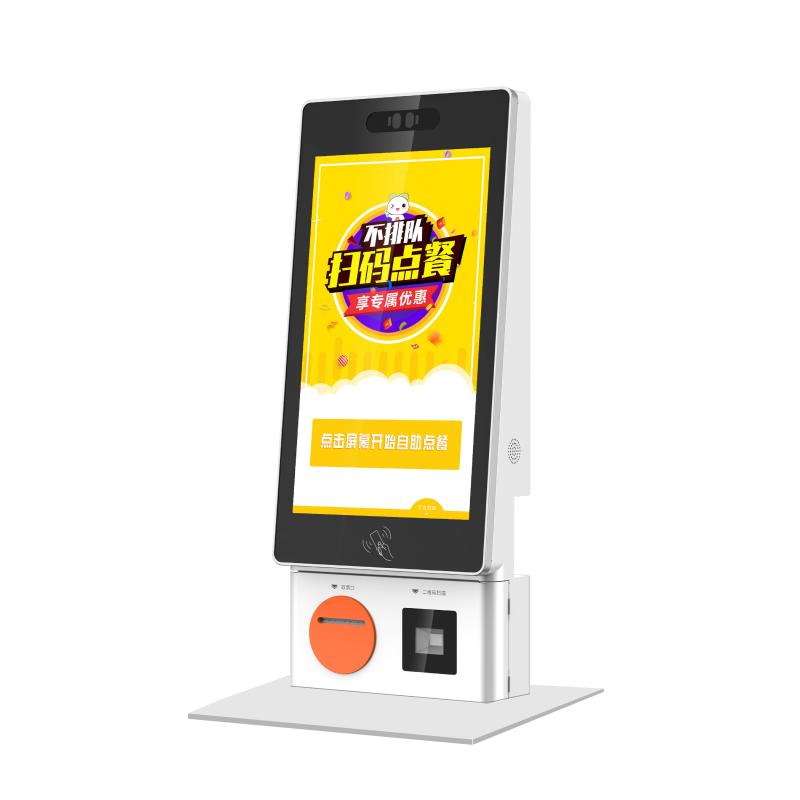
The purpose of kiosk design is to create an effective, user-centered interface that meets specific operational needs while enhancing the overall customer experience. From a professional perspective, kiosk design aims to streamline processes such as information dissemination, transactions, and service delivery, making them more efficient and accessible. This involves integrating technology seamlessly with aesthetics to create an intuitive, engaging, and functional solution. Whether it's for retail, hospitality, transportation, or any other industry, the goal of kiosk design is to provide a reliable, secure, and user-friendly platform that aligns with the brand's identity and operational goals. Additionally, it seeks to optimize space, durability, and adaptability, ensuring that the kiosk can withstand heavy use and various environmental conditions. Through thoughtful design, kiosks can significantly improve customer satisfaction, operational efficiency, and overall business success.
There are several popular types of kiosk designs, each tailored to specific environments and purposes.
Information Kiosk Design: These kiosks are primarily used to provide users with relevant data or directions in public spaces like malls, museums, and libraries. The design focuses on easy navigation, large touchscreens, and a user-friendly interface to ensure quick and efficient information retrieval.
Interactive Kiosk Design: Designed to engage users through touchscreens, sensors, and interactive displays, these kiosks are often used for customer service, product demonstrations, or surveys. The design emphasizes an intuitive interface, responsive touch technology, and multimedia capabilities to enhance user engagement.
Airport Kiosk Design: These kiosks are essential for streamlining check-ins, printing boarding passes, and providing flight information. The design prioritizes speed, reliability, and user-friendliness, with clear instructions and multilingual support to accommodate diverse travelers.
ATM Kiosk Design: These kiosks are designed for secure financial transactions, including cash withdrawals, deposits, and account inquiries. The design focuses on security features, such as encrypted data transfer and PIN protection, as well as a robust build to deter tampering and withstand high usage.
Kiosk Outdoor Design: Outdoor kiosks are built to endure harsh weather conditions while maintaining functionality and visual appeal. The design includes weatherproof materials, high-brightness screens for sunlight readability, and durable construction to withstand the elements, making them ideal for parks, streets, and outdoor events.
Kiosk Restaurant Design: These kiosks are increasingly popular in quick-service restaurants, allowing customers to place orders and make payments. The design emphasizes ease of use, with clear menu displays, simple navigation, and integration with payment systems, reducing wait times and improving service efficiency.
Kiosk Screen Design: This design category focuses on the display aspect of kiosks, ensuring that screens are high-quality, responsive, and visible under various lighting conditions. It involves selecting appropriate screen sizes, resolutions, and touch technologies to provide a seamless user experience across different applications.
Each of these kiosk designs plays a crucial role in enhancing user interaction, improving service delivery, and adapting to the specific needs of various industries. By focusing on the unique requirements of each type, businesses can create effective kiosks that meet both operational goals and user expectations.






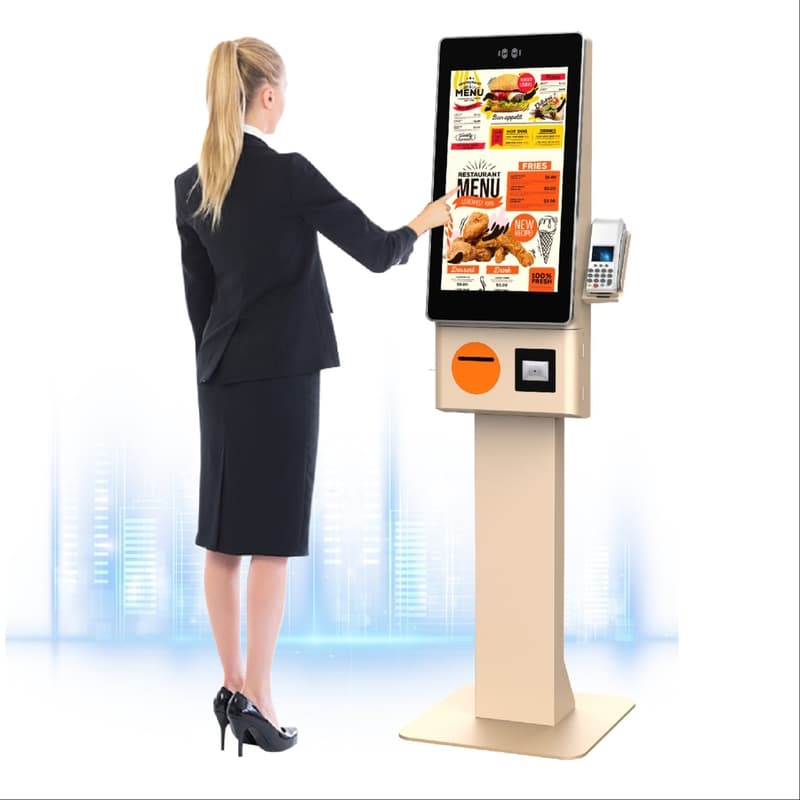
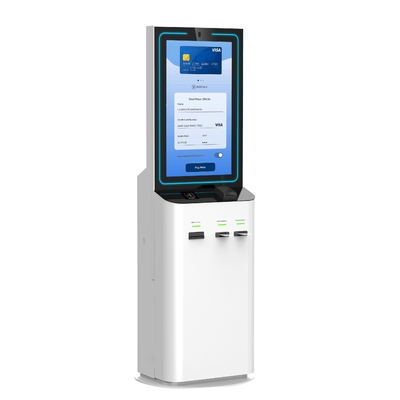
What did our happy clients say?
This kiosk manufacturer demonstrates a profound understanding of kiosk design, blending aesthetics with functionality seamlessly. Their designs are both user-centric and technologically advanced, setting a new standard in the industry.
Their expertise in kiosk design is evident in the thoughtful integration of cutting-edge technology and user-friendly interfaces. Every aspect is meticulously crafted, reflecting their deep industry knowledge.
This manufacturer’s approach to kiosk design is comprehensive and professional, ensuring that each solution is tailored to meet specific needs while maintaining high standards of durability and usability.
Their mastery in kiosk design shines through in every project. They effectively combine innovative design elements with practical functionality, showcasing a thorough and professional grasp of what makes a successful kiosk.